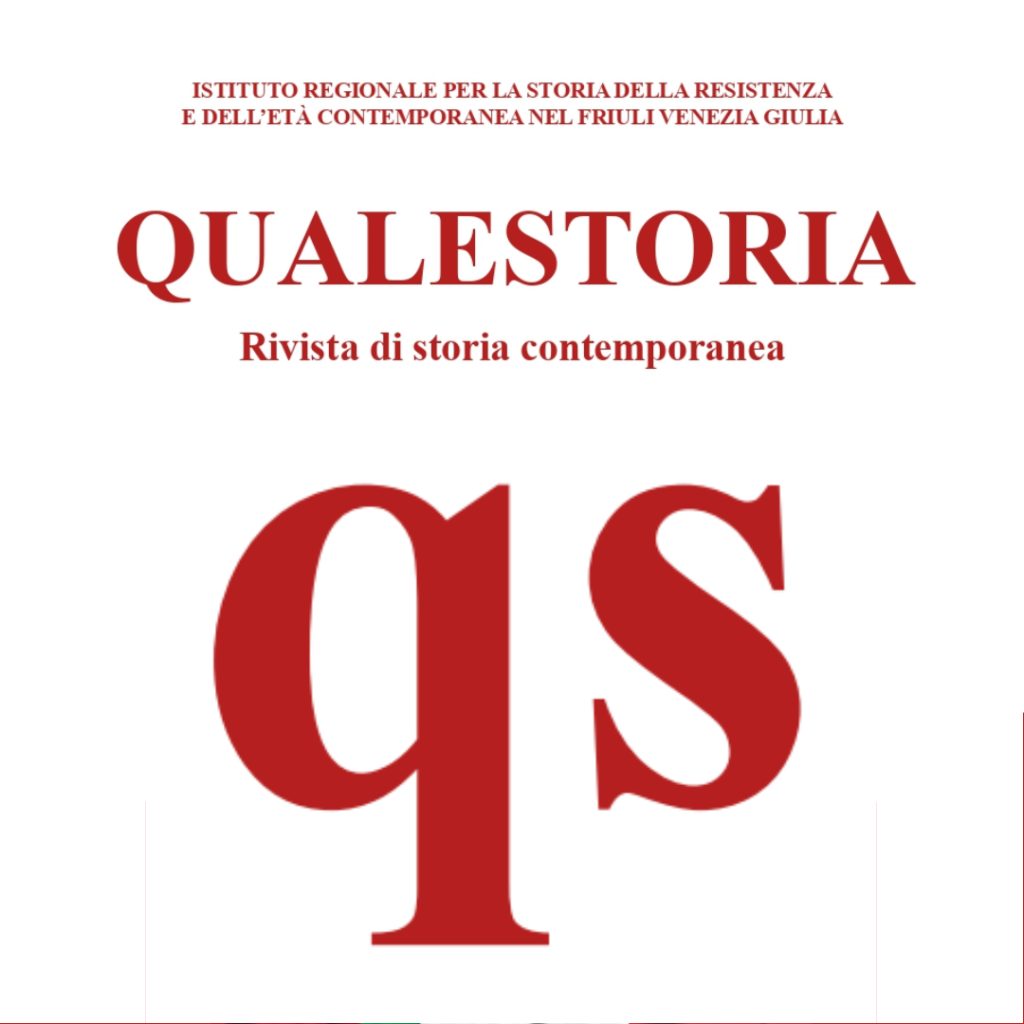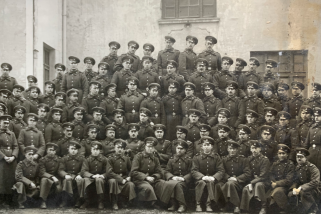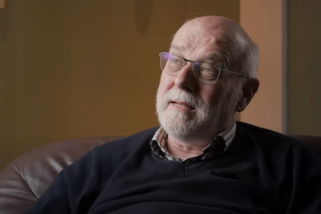Regional identities under dictatorship and democracy in East Central Europe
“Region – State – Europe. Regional identities under dictatorship and democracy in East Central Europe”
18-20 April 2012, Berlin
Deadline: 30 November 2011
European Network Remembrance and Solidarity, Warsaw; in cooperation with Federal Institute for Culture and History of Germans in Eastern Europe, Oldenburg; German Association for East European Studies, Berlin; Johann Gottfried Herder Research Council, Marburg; Nation´s Memory Institute, Bratislava
The conference will focus on particular cultural and historical factors for the formation of identities and on the current identity discourses with their regional codes since 1945. For an analysis it seems to be appropriate to compare regions still present in memory as well as suppressed ones and nowadays rediscovered historical regions such as Galicia, Prussia, Silesia, Zips, Transylvania and Banat. The demarcation of borders and the divisions that these regions experienced in the 20th century stimulate a transnationally orientated view on differing national historical narratives.
The conference is divided into three parts according to subjects and chronology.
1. Deconstruction of regions – political and social structural fracturing
The regions in East Central Europe have experienced major changes as a result of World War II. New borders, new political and social systems and above all the loss of ethnic variety caused by the Holocaust as well as by differently motivated migration and translocation of certain groups of population affected radically the lives of individuals and societies.
Questions here included are: Which strategies for the political reorganization of regions did the communist rulers pursue? How have these interventions “from above” affected historical areas and their populations? What were the social relations between people of different backgrounds? How did integration and assimilation of the newcomers, their adaptation to the new environment and to the geographical, climatic, social and cultural characteristics of a region proceed?
2. Continuities and discontinuities – mobility and regional awareness
The forced process of industrialization and structural changes in agriculture were connected with dynamic social changes and migration from rural areas to cities. Especially in the socialist states of East Central Europe regional differences and particularities were steadily or more or less explicitly pushed into the background, regional awareness was undermined and even suppressed by the centralized state. Yet, historically grown regional awareness continued to exist and could develop socio-political pressure in the late socialist societies.
In this context the following questions are of vital interest: Did the communist authorities tolerate, maintain or promote regional cultural traditions? What was the scope of self-determined action for the local ruling elites? To what extent did migration from rural areas to cities, social changes and the atheistic state doctrine affect religious and traditional customs (loyalty versus disloyalty to the ruling authorities)? How did regional identities develop in cities in comparison to rural regions? What kind of relevant connecting factors did a stable peasant culture offer to the preservation of regional cultural heritage?
3. Renaissance or construction of regional awareness?
Inspite of political pressure the regions of Eastern Europe have preserved various elements of their historically grown identity, new elements have been added, old identities redefined after 1989. More than twenty years after the peaceful revolution it is interesting to see how regional awareness has been shaped over the last two decades, especially that of the younger generation.
How significant are remembrance and maintenance of the culture and history (including that of the Germans), early multi-ethnicity and other elements in the different regions of Eastern Europe? Have former conflicts been revitalized, e.g. by regional autonomy efforts? Which features of identity are remembered, which are suppressed? What role does the material cultural heritage play for shaping identities in the region? What is the significance of historico-cultural locational factors in the competition among the regions (e.g. the annual choice of the European capital of culture and its visibility)?
Speaking time shall not exceed 20 minutes. Conference languages are English and German.
Please send us an abstract (approx. 2400 characters) of your (unpublished) exposé and a short CV until 30th November 2011.
A publication of the papers is planned.
Please send your proposals by email to: Dr. Gabriele Freitag (freitag@dgo-online.org) and Dr. Burkhard Olschowsky (Burkhard.Olschowsky@enrs.eu)













